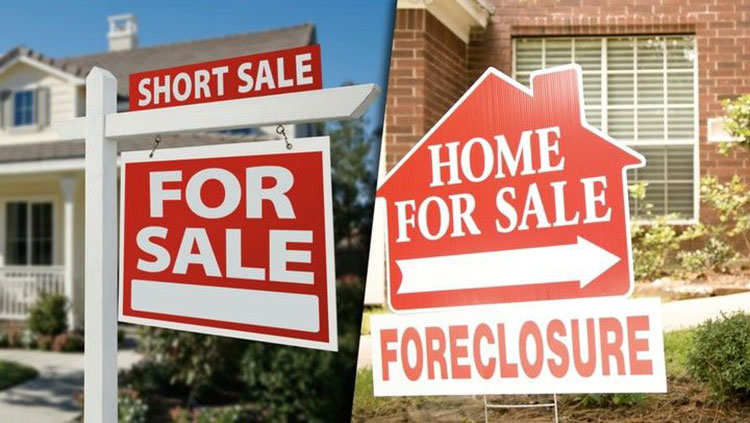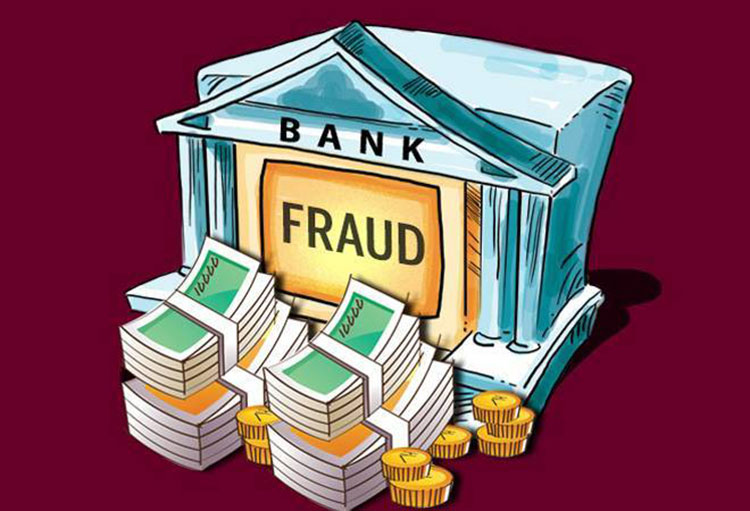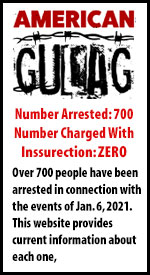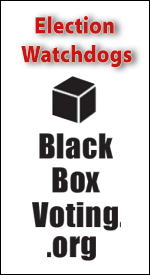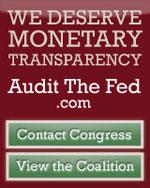The two things most overlooked by most lawyers for homeowners in litigation are discovery demands (and enforcement) and mediation. These strategies bring the real issue to the early attention of the court --- that the opposition is unable or unwilling to produce the corroborating evidence that the lawyer wants the court to simply presume to be true.
I stumbled upon the mediation strategy when I was in mediation in one case. The mediator asked us to state our appearances. I said said my name and that I was the attorney for the homeowner. The other lawyer stated her name and she said she represented OCwen. So I tried to help her (she was young) and prompted her to say that she represented US Bank (as trustee blah blah). She refused, saying her client was Ocwen Loan Servicing.
The voice on the hone was from a person who said he worked for Ocwen. Smelling blood in the water, I then asked the voice on the phone if he presented the Plaintiff US Bank. He also refused to say that and he said, somewhat absurdly that my question was inappropriate.
All mediation orders require two things. First the parties to the dispute must be present. Second, they must have full powers and authority to settle the case on whatever terms they deem fit.
So after several attempts to get either the lawyer or the "representative" of Ocwen to state their appearance for US Bank (i.e., the "trust") I then terminated the mediation and field a motion for sanctions because US Bank had failed to appear.
As usual the the court ordered us back into mediation and reinforced the order that the parties be present and authorized to consider any possible settlement. So on round two, someone did appear saying they represented US Bank, but the only thing he was authorized to do was to hand my client an application for modification. that is not settlement. That was neither an offer or acceptance and so it wasn't mediation or settlement. That caused a second round of my motion for sanctions, in which I explicitly stated my client was willing to make a cash offer.
So the court ordered a third round along with $1,000 per day sanctions if the lawyer and U.S. Bank failed to comply. We actually and a hearing at which the "representative" was explicitly asked by the judge whether the representative would have authority to consider or reject a cash offer to settle the case. The representative replied in the affirmative.
So then we went for the third time and this time the opposing attorney realized that he had to at least make an offer that might be accepted by my client, vastly reducing the amount demanded and extending out an interest free balloon for 20 years. My client responded that he accepted the deal, that he would pay off the full balance up front and that upon receipt of instructions from US Bank as to where to pay the money, he would wire the funds. In short his acceptance was better than the offer since they would not need to wait for the money.
The response was exactly what I had expected. They did not have the authority because this wasn't about any loan account. It was about the securitization infrastructure that was built up around the loan, referring to the "loan." And the kicker was that they refused to have US Bank even acknowledge the settlement much less issue instructions on how to pay US Bank.
The reason was obvious. US Bank was never intended to receive any money because it and no claim. And the judge entered a final judgment in which he arrived at the conclusion that the named Plaintiff did not have a case or claim. Almost all my objections to evidence were sustained.











